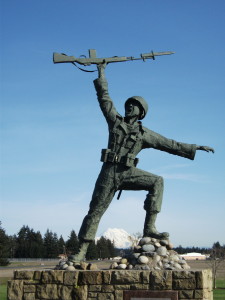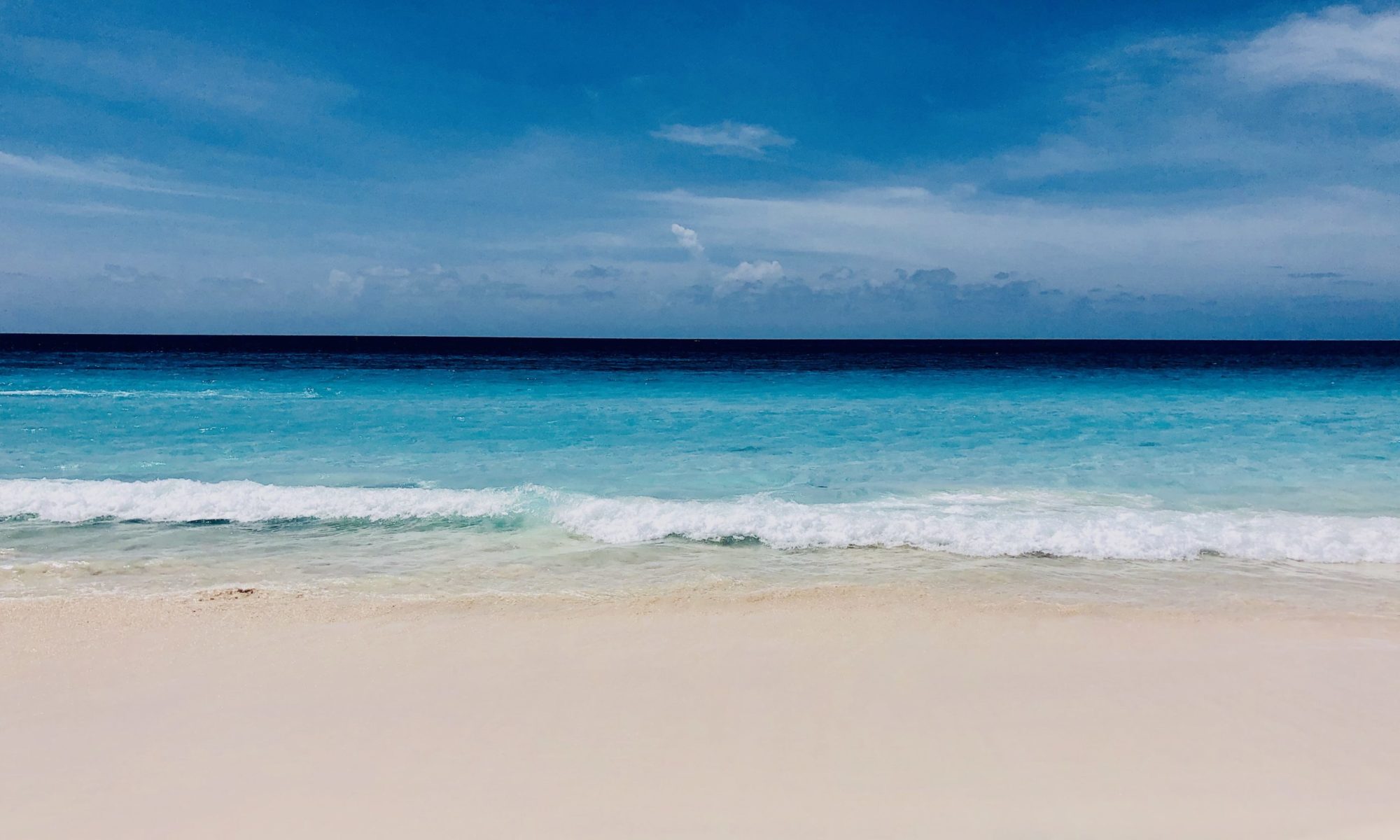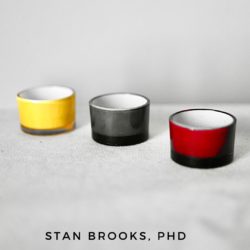I have feet. I walk. I am free.

Several years ago, I semi-retired, hoping to travel and practice my photography. To keep down my expenses, I took advantage of one of the military privileges when possible. I flew space available on military aircraft. While the only cost was a bit of time, the type of aircraft and seat availability varied widely depending on the type of aircraft. Sometimes, I was privileged to fly on a small, general’s jet, plush and well-appointed with all the modern conveniences, flying nearly empty, like an air taxi service, to collect a General Officer to take him to his destination. But on other occasions, I found myself on much less comfortable flights.
On one of those “less comfortable flights,” I was assigned to travel in the cargo area of a US Air Force C-17 from Scott AFB, IL, to McChord AFB, WA. The C-17 is a cargo plane, and the cargo area has no frills, just function. The function of this one was for medical evacuation, and the cargo area contained many stretchers full of wounded soldiers. Many of the service members had leg injuries, and they were confined to their gurneys. The cargo area of this grey, camouflaged C-17 was rough, without the natural interior finishes found in commercial aircraft. It had exposed parts of the fuselage with hydraulic lines and electrical cables visible everywhere, and the area was large and cold when the plane was flying. Non-medical and ambulatory medical passengers traveled sitting on troop seats, collapsible webbed seats, along the sides of the plane. The flight took approximately five hours, and it was painful sitting on the chairs with no seat cushion, no back support, and no thought given to comfort; once again, they were purely functional.

An hour into the flight I was tired of sitting and my legs were getting numb from the hard jump seats, so I got up and began walking laps in the free cargo area of the large C-17 aircraft, when I noticed several of the patients had foot or leg injuries. They also had a team of a very dedicated medical flight crew ministering to their every need. The medical flight crew kept them comfortable and constantly reassured them that all will be well throughout the journey. Though we were told to respect their privacy, I was aware of the more than a dozen soldiers lying on stretchers, strapped in and mostly asleep. We were told not to stare at them and photographs were absolutely forbidden. I glanced occasionally at them just trying to understand what might have earned each of them this kind of a ride on a stretcher in the crude cargo bay of a C-17. These young people were suffering and confined to their beds and that was a tragedy and a story to be told.
But I returned to my seat and remained there for another hour. All thoughts to investigate their unique situations quickly left my mind as I concentrated on my studies. I preferred to block out the suffering around me and escape by immersing myself in my course work. But occasionally, I glanced up from my reading to rest my eyes and was confronted by the image of a young man, no more than 20 years old lying on the gurney just in front of me. He laid there with both feet in casts and a urinal on his stomach. I could only imagine his sadness, embarrassment, and feeling of helplessness, or just lack of freedom, as he laid there motionless.
My legs, once again, became sore and numb after sitting, so I decided to stroll. I worked very hard at focusing away from the patients while enjoying my stroll. But in a rare glance, I made eye contact with another patient, a young man with one foot in a cast. I smiled appreciatively and just continued walking. I wondered how he got injured, but more importantly, was he envious that I had two whole feet, that I walked; I was free to roam.
My story should end here, but then I realized that I had traveled several times in the cargo area of other C-17 missions under similar circumstances with other medical and flight crews. During my trips, I saw some seemingly painful injuries on these medevac flights. Still, soldiers were always well cared for by the medical staff, and the soldiers were always polite and grateful for their service and attention. My appreciation for our soldiers, doing their duty in the face of many global and domestic dangers grew more reliable as a result of these experiences. None of these soldiers appeared to have lost their limbs, but they could not walk on their own, and I could.

What a privilege it is to live in a country where young people are willing to sacrifice their legs and even their lives so that I can walk freely without assistance. I owe a debt of gratitude to the soldiers for their service, for my freedom, to walk.
I have feet. I walk. I am free.
Stan Brooks, PhD

